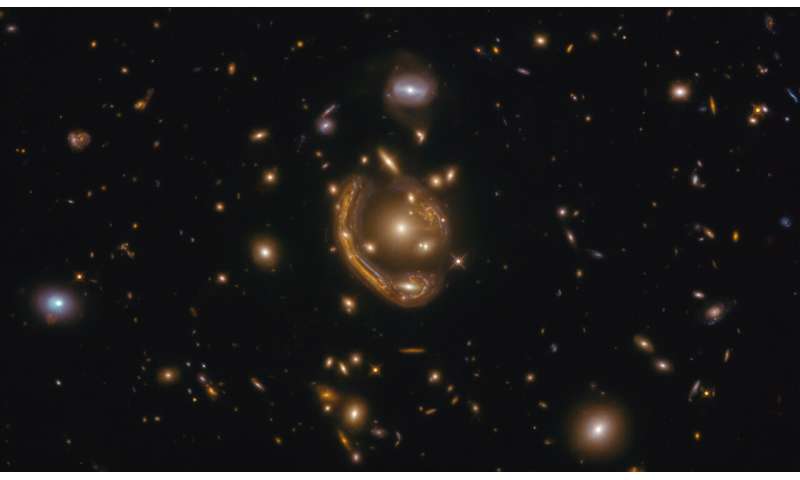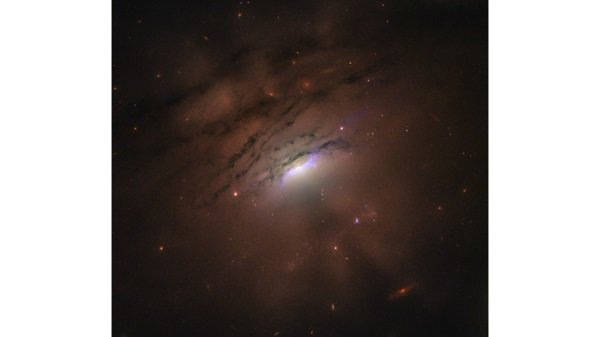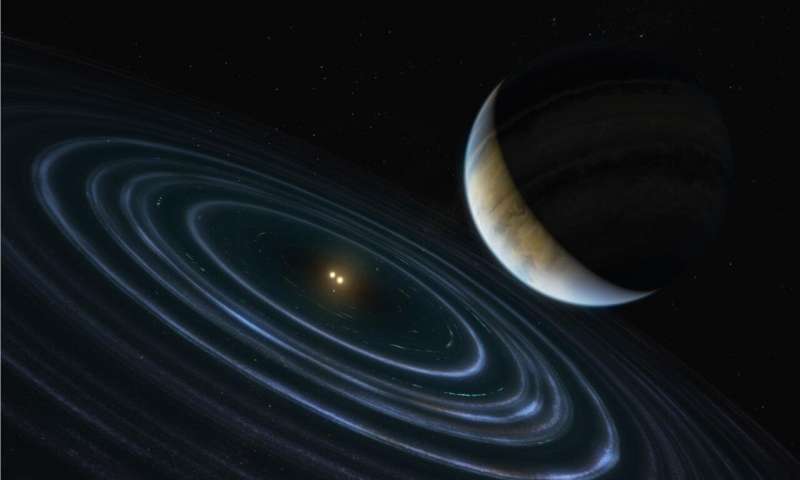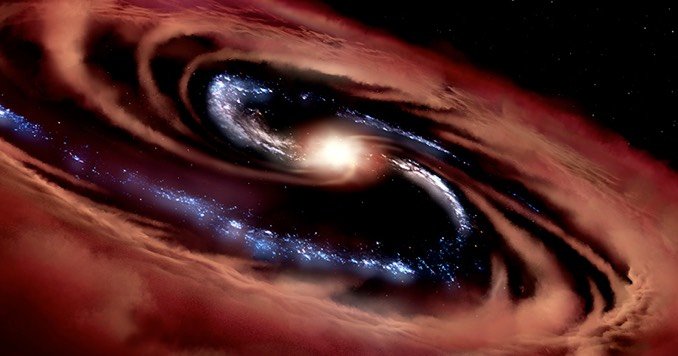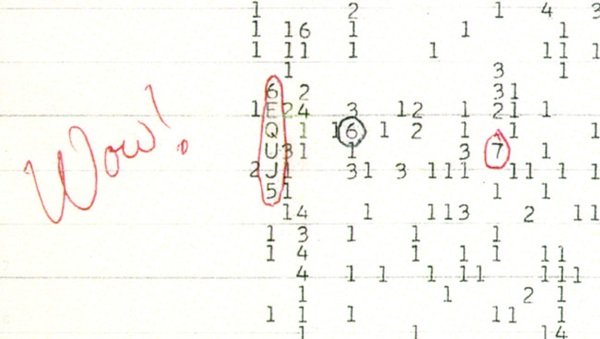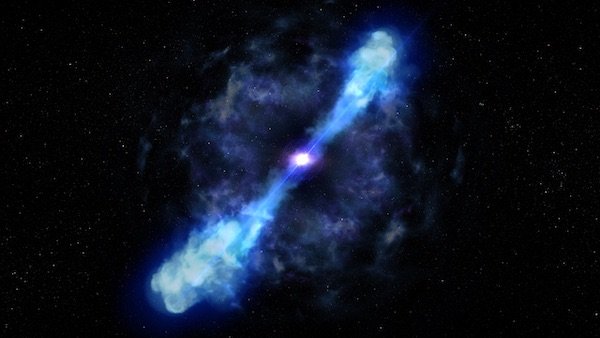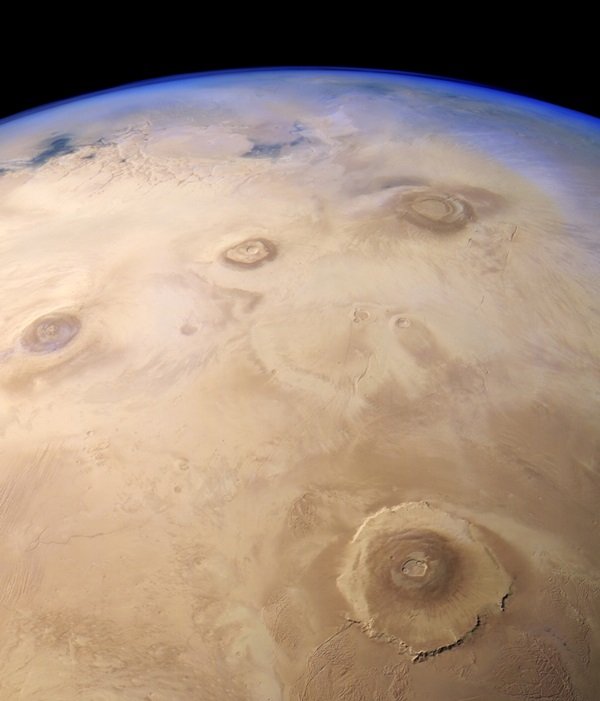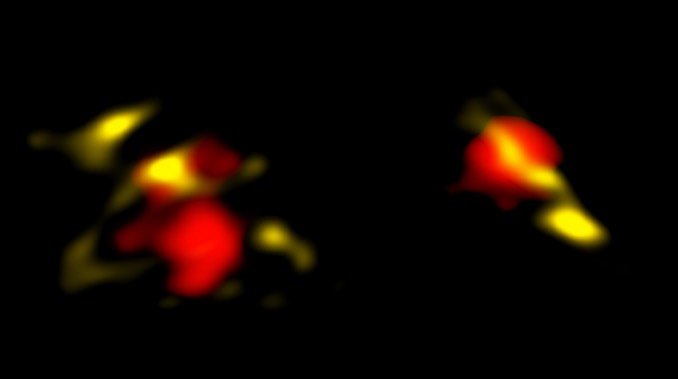Interesting Astronomy & Astrophysics news from the week of 12/20/2020
Next week’s night sky: The December full moon, traditionally known as the Oak Moon, Cold Moon, and Long Nights Moon, always shines in or near the stars of Gemini. Since it’s opposite the sun on this day of the lunar month, the moon is fully illuminated and rises at sunset and sets at sunrise. Full moons during the winter months reach as high in the sky as the summer noonday sun, and cast similar shadows. This is a great time to get a good look at the […]
Read more